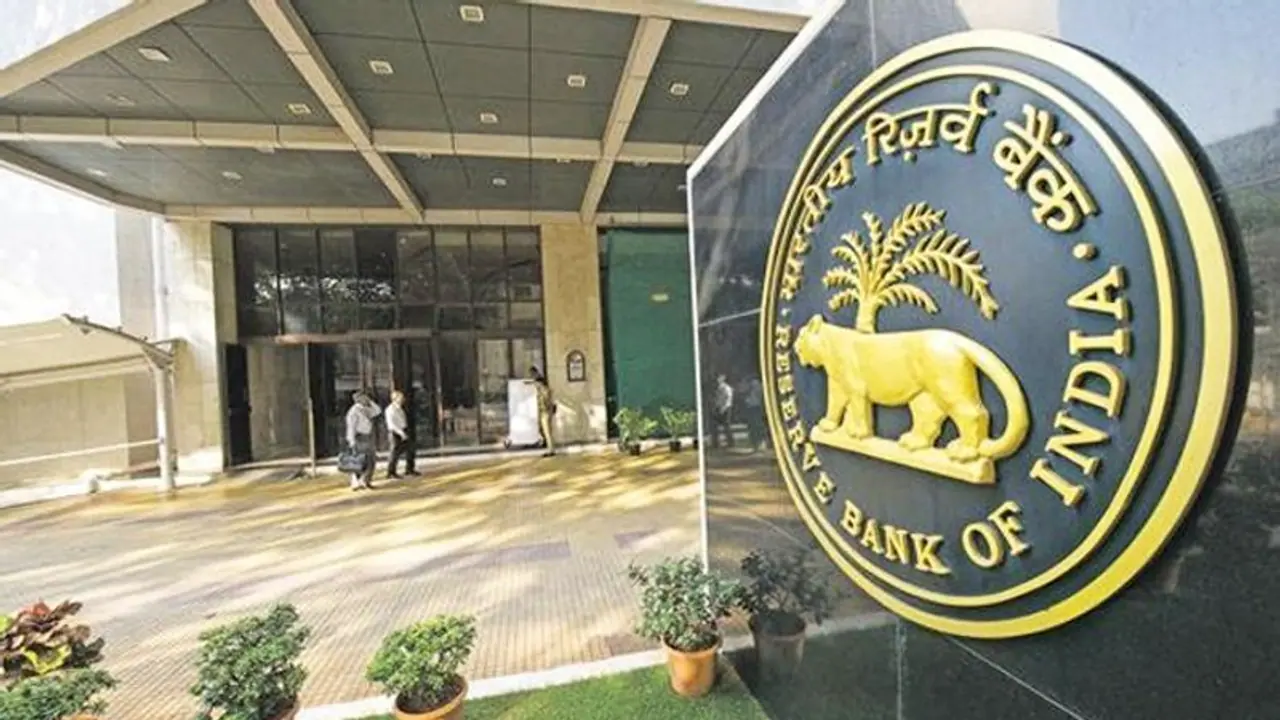Foreign exchange reserves rose $183 million during the week ended October 30
Bengaluru: Even as the Reserve Bank of India is trying to diversity its investments, the foreign exchange reserves rose $183 million during the week ended 30 October.
Reports state that the reserves increased to $560.715 billion from $560.532 billion reported for the week ended 23 October.
So what do the forex reserves consist of?
Well, India's forex reserves comprise of foreign currency assets (FCAs), gold reserves, special drawing rights (SDRs), and the country's reserve position with the International Monetary Fund (IMF).
A few days ago, it was reported that the RBI is studying the possibility of investing in AAA-rated corporate dollar bonds, which offer better returns than sovereign credit. Such investments have not been made in the past, so the central bank would move carefully.
Moreover, foreign investors have continued to pour money into the Indian stock market because of its stronger returns. Foreign direct investment flows, particularly towards Reliance Industries RELI.NS, have pulled in dollars into the country.
It was further reported that traders are saying the RBI has been intervening heavily in the spot market to prevent appreciation of the rupee, in turn adding to its reserves.
“The government is comfortable with current rupee levels. It needs to be competitive to help provide an export boost,” an official had said.
A second source said dollar buying intervention will continue as both the RBI and the government are comfortable with a 73-75 per dollar range on the local currency.
Despite a contraction in gross domestic product expected in the current fiscal year to March 2021, foreign flows have remained healthy.
Foreign investors bought shares worth $2.52 billion in October, taking total investment in 2020 to $6.47 billion. Though FIIs are net sellers of bonds worth $13.98 billion in 2020 so far, they bought a net $459.30 million in October.
The rupee has fallen for three straight months to October. It is one of the worst-performing Asian currencies in 2020.
“Our 10-year yield is still at around 6% compared to near zero and negative interest rates globally, so we will see inflows continuing and RBI will keep buying dollars to prevent rupee appreciation,” the second source said.
The RBI has already started increasing its investment in gold gradually, the sources said.
